
Martin Wickramasinghe Folk Museum
A serene escape into Sri Lanka's past, featuring the preserved home of author Martin Wickramasinghe and a rich collection of folk artifacts.
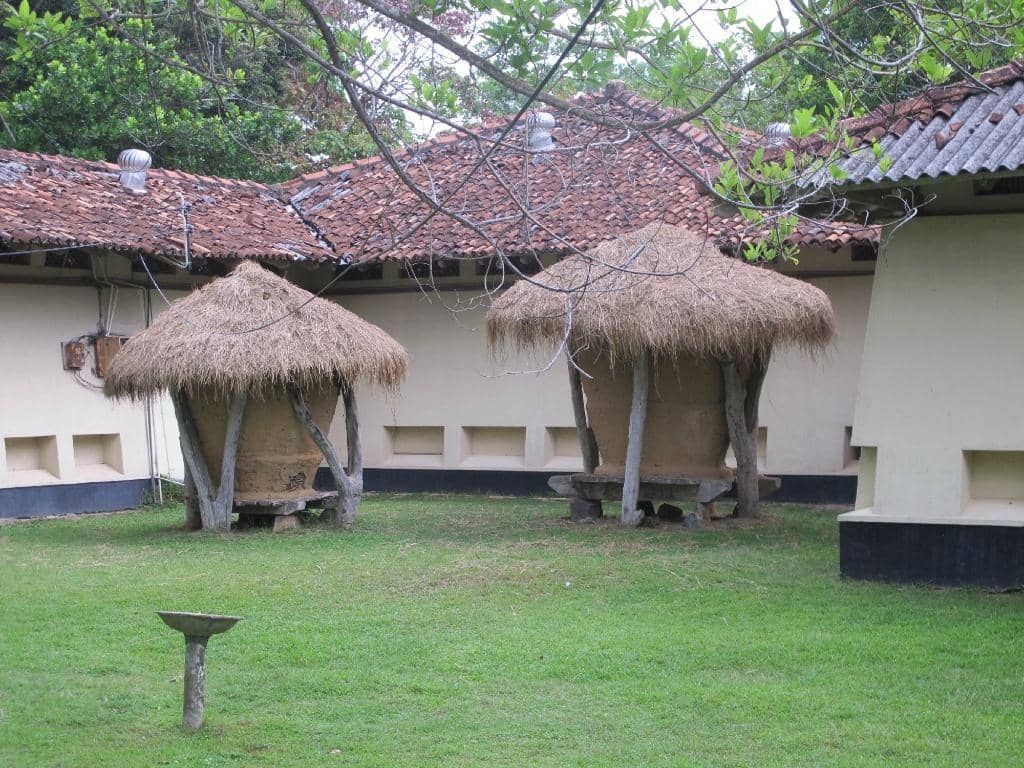
Highlights
Must-see attractions
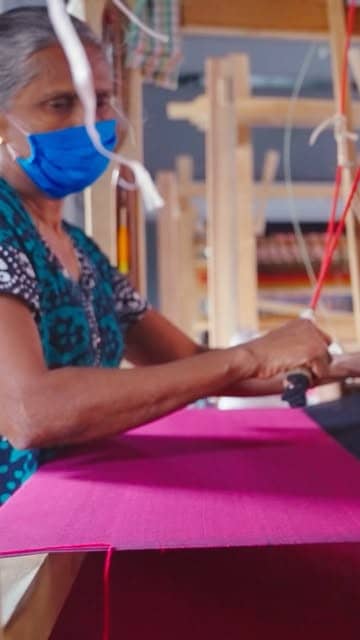
Social
From TikTok & Reddit
Best Time
Fewer crowds, peaceful exploration

Martin Wickramasinghe Folk Museum
Best Time
Fewer crowds, peaceful exploration

Highlights
Must-see attractions
A serene escape into Sri Lanka's past, featuring the preserved home of author Martin Wickramasinghe and a rich collection of folk artifacts.
"A restful leap back into the history of Sri Lanka, offering an intimate glimpse into village life."
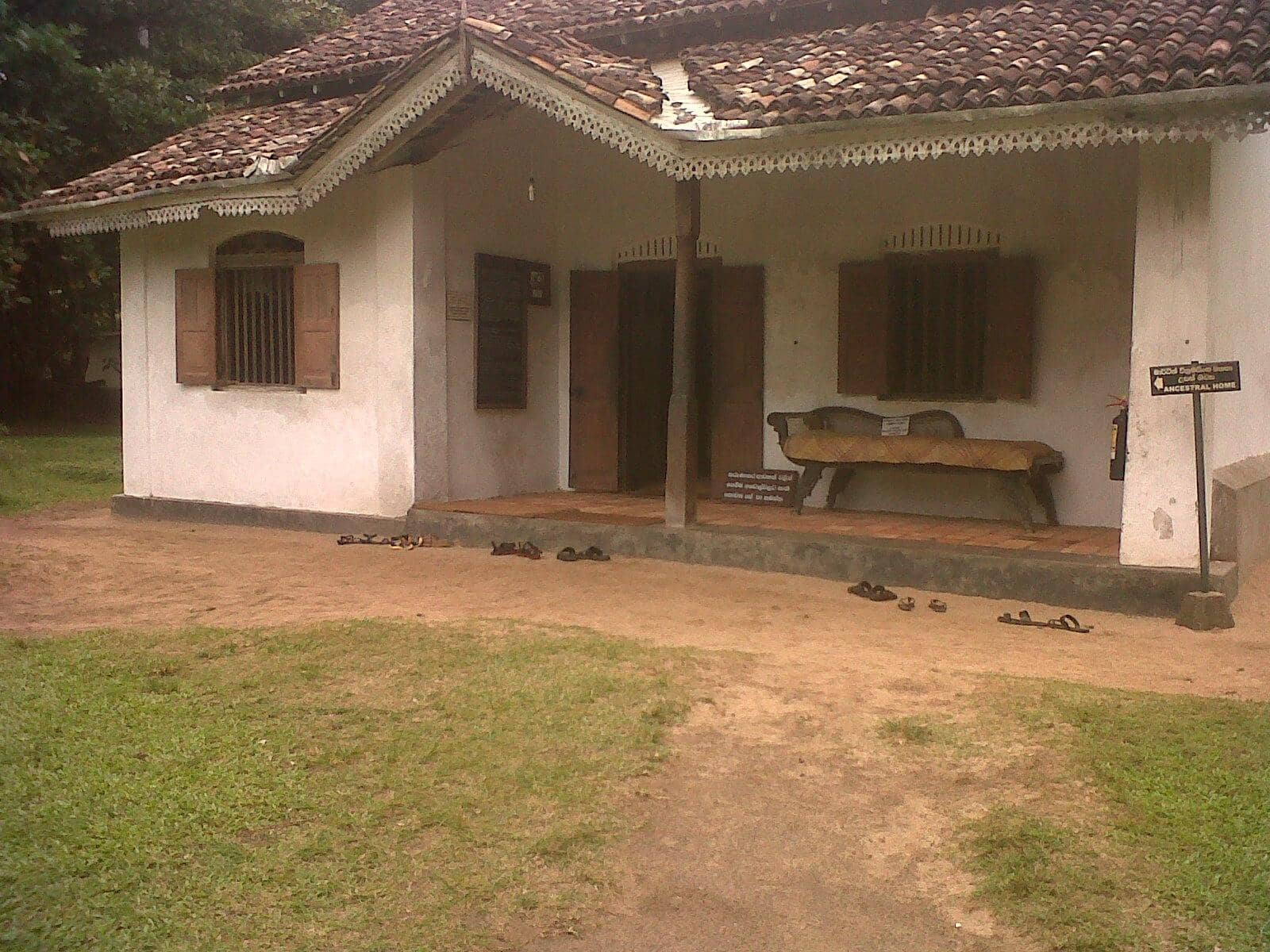
🎟️ Ticket Prices
Locals pay LKR 100, foreigners LKR 1000. Worth the investment for this cultural gem!
🚶♀️ Wander the Gardens
The tranquil seven-acre garden is as much a part of the experience as the exhibits. Enjoy the peaceful atmosphere.
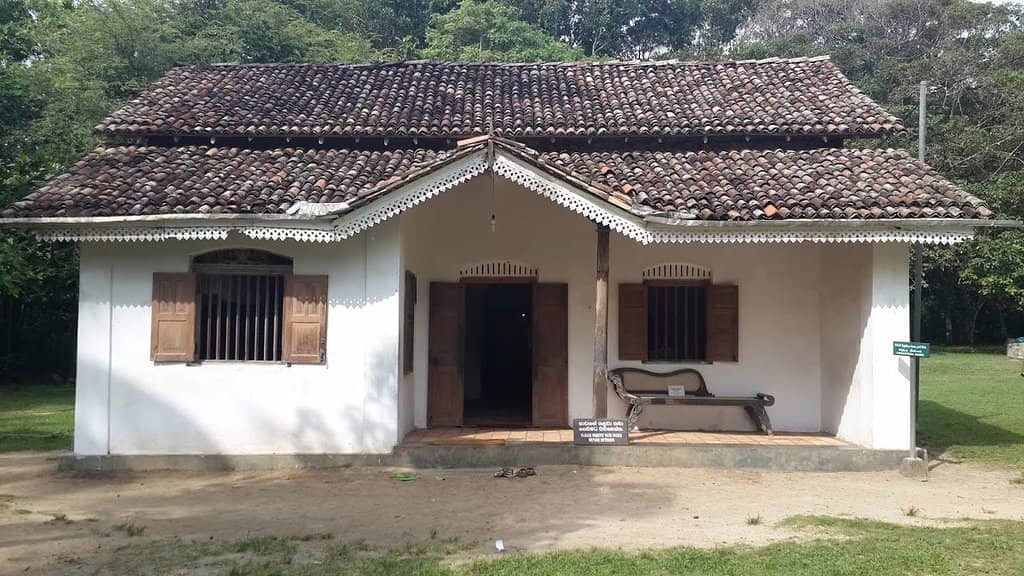
Highlights
Discover the most iconic attractions and experiences

Martin Wickramasinghe's Birthplace
Koggala
Step into the humble home of a literary giant. See his antique desk and personal items, offering an intimate glimpse into his life.

Traditional Village Artifacts
Folk Museum
Explore a vast collection of tools, crafts, and household items that paint a vivid picture of old Sri Lankan rural life.
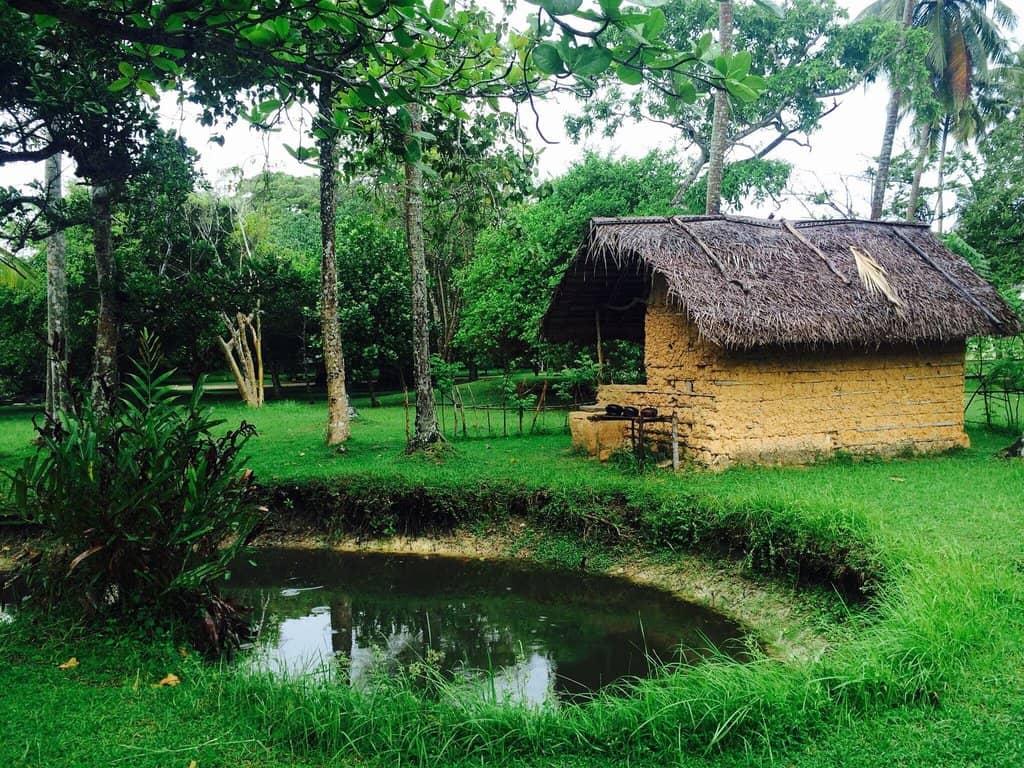
Folk Masks and Puppets
Folk Museum
Marvel at the vibrant and diverse collection of colorful folk masks and traditional puppets, showcasing Sri Lankan artistry.
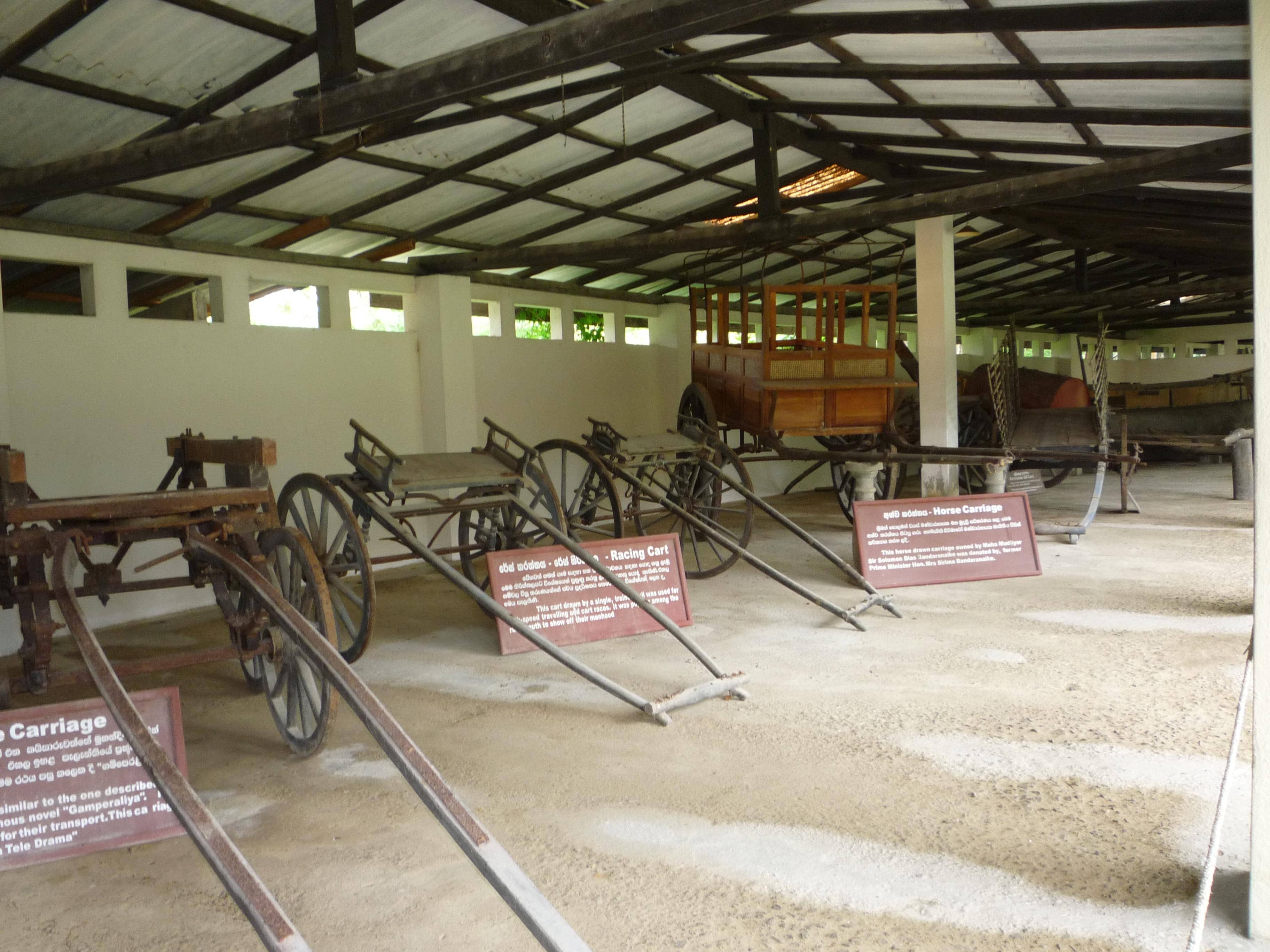
Vintage Vehicles
Museum Grounds
See an impressive display of old bullock carts, horse-drawn carts, and even elephant-drawn carts, a testament to past transportation.
Plans like a pro.
Thinks like you
Planning Your Visit
Embrace the Tranquility
Cultural Immersion
Best Times
Insider Tips
from TikTok, Instagram & Reddit
🎟️ Ticket Prices
Locals pay LKR 100, foreigners LKR 1000. Worth the investment for this cultural gem!
🚶♀️ Wander the Gardens
The tranquil seven-acre garden is as much a part of the experience as the exhibits. Enjoy the peaceful atmosphere.
📚 Buy Books
You can purchase books by Martin Wickramasinghe at reasonable prices here.
🧼 Sanitary Facilities
Some visitors suggest paying a little more attention to the sanitary facilities.
Tips
from all over the internet
🎟️ Ticket Prices
Locals pay LKR 100, foreigners LKR 1000. Worth the investment for this cultural gem!
🚶♀️ Wander the Gardens
The tranquil seven-acre garden is as much a part of the experience as the exhibits. Enjoy the peaceful atmosphere.
📚 Buy Books
You can purchase books by Martin Wickramasinghe at reasonable prices here.
🧼 Sanitary Facilities
Some visitors suggest paying a little more attention to the sanitary facilities.
📸 Capture the Culture
The museum's exhibits and serene grounds offer many photo opportunities.
What Travellers Say
Reviews Summary
Visitors praise the Martin Wickramasinghe Folk Museum for its tranquil atmosphere and insightful glimpse into Sri Lankan village life and the author's personal history. The preserved home and extensive collection of artifacts are highlights, offering a peaceful 'step back in time.' Some minor concerns were noted regarding sanitary facilities.
"Take a step off the main road in Koggala and into the cooler and shadier confines of the Martin Wickramasinghe Folk Museum. This lovely site offers a restful leap back into the history of Sri Lanka.
After buying your ticket, you will be free to roam the tranquil gardens that surround the museum. The highlight of the museum is the simple, unassuming house where the famous author Martin Wickramasinghe was born. Simply stepping inside the building feels intimate and special; you will have the opportunity to view his antique writing desk, one of his books, and other objects that inform you of the type of person Mr. Wickramasinghe was at a glance.
The museum itself is a plethora of ancient and interesting items from village life, and everyday living. You will witness a large bullock cart, naturally, a traditional fishing boat, and various tools that have long been used for agricultural purposes. You will find yourself in hallways filled with colorful folk masks, puppets, and several neutral-toned utensils used to cook in kitchens from years ago.
As you stroll quietly through the gardens of the museum from one exhibit to the next, you will appreciate the "stepping back in time" aspect of the museum. The museum comprehensively reflects and preserves Sri Lankan culture and a simple way of life for all to witness and appreciate."
Gayani Parindya
"If someone visits the Southern Province, the Martin Wickramasinghe Museum is a must-see. Located in the village of Koggala, this museum is dedicated to Martin Wickramasinghe, a renowned Sri Lankan author. The house where he was born has been beautifully preserved and converted into a museum. Adjacent to the house is a folk museum that is well worth exploring. Additionally, there's another section of the museum displaying old vehicles such as various types of bullock carts, horse-drawn carts, and even elephant-drawn carts—truly a fascinating collection to witness."
Lakmal Munasinghe
"The folk museum built in memory of one of the most acclaimed writers in Sri Lanka, Martin Wikramasinha. It houses most of the day to day things found in the old Sri Lankan rural households and paraphernalia used in different professions of old Sri Lanka. The native house and the premises which inspired the writer's unmatched creativity are still preserved with great care not only for the present generation but also for the generations to come. The great effort taken by the trustees in maintaining this museum is appreciated. Please pay a little more attention to the sanitary facilities."
Kasun Chandima
What People Like
What People Dislike
Frequently Asked Questions
🚇 🗺️ Getting There
The museum is located in Koggala, a short drive from Galle. You can hire a tuk-tuk or a taxi for a convenient journey. Public buses also run along the main road, and it's a short walk from the nearest bus stop.
Yes, it is accessible by public transport. Buses traveling along the southern coastal road will stop near Koggala, and from there, it's a walk or short tuk-tuk ride to the museum.
Koggala is well-connected by road. If you're coming from Colombo, you can take a bus or a train towards Matara and alight at Koggala. Taxis and tuk-tuks are readily available.
Yes, there are parking facilities available for visitors arriving by private vehicle.
Absolutely! The museum is in Koggala, close to beaches and other cultural sites. You could easily combine it with a visit to the Koggala Lake or nearby coastal areas.
🎫 🎫 Tickets & Entry
Ticket prices differ for locals and foreigners. Locals typically pay LKR 100, while foreigners are charged LKR 1000.
Advance booking is generally not required. You can purchase tickets upon arrival at the museum.
The museum is typically open daily, but it's always a good idea to check the latest opening hours before your visit, as they can sometimes vary.
The ticket price usually includes access to both the museum exhibits and the surrounding gardens.
Information on group or student discounts is not widely publicized, but it's worth inquiring at the ticket counter upon arrival.
🎫 🧭 Onsite Experience
You'll find the preserved childhood home of author Martin Wickramasinghe, along with over a thousand artifacts showcasing traditional Sri Lankan rural life, including tools, crafts, folk masks, and vintage vehicles.
To fully appreciate the exhibits and the serene gardens, plan for at least 1.5 to 2 hours.
Yes, children can find the displays of old tools, carts, and folk art engaging. The open gardens also provide space for them to explore.
Guided tours are not always advertised, but the exhibits are well-labeled. You can explore at your own pace and absorb the information.
The museum offers a tranquil and restful atmosphere, providing a peaceful 'step back in time' experience.
📸 📸 Photography
Photography is generally allowed in most areas, especially in the gardens and for the external exhibits. However, it's always respectful to check for any specific restrictions inside the author's preserved home.
The colorful folk masks, the vintage bullock carts, and the serene garden paths offer excellent photographic opportunities. The author's preserved home also provides unique shots.
While not explicitly stated, it's good practice to avoid using flash photography inside enclosed spaces or near delicate artifacts to preserve them.
Drone usage is typically restricted at cultural heritage sites to ensure the safety and preservation of the area. It's best to assume drones are not permitted.
The museum grounds are well-lit, especially during the day. Inside the author's home, the lighting is more natural and subdued, creating an intimate atmosphere for photos.
For Different Travelers
Tailored advice for your travel style
👨👩👧 Families with Kids
Exploring the tranquil gardens offers space for kids to move around, and the exhibits on daily life can be educational. It's a great opportunity to introduce children to Sri Lankan culture and history in a relaxed, non-overwhelming environment. Consider bringing snacks and water, and be mindful of the sanitary facilities as noted by some visitors.
📚 Culture Enthusiasts & Book Lovers
Beyond the author's home, the extensive collection of folk artifacts provides a rich tapestry of Sri Lankan heritage. From tools and crafts to masks and puppets, each item tells a story. Plus, you have the opportunity to purchase books by Martin Wickramasinghe at reasonable prices, making it a perfect souvenir for any book lover.
Deep Dives
In-depth insights and expert knowledge
The Legacy of Martin Wickramasinghe
Visitors can explore the very rooms where Wickramasinghe lived and wrote, seeing his antique writing desk and personal belongings. This intimate setting allows for a profound appreciation of his contributions to literature and his role in documenting Sri Lankan folk culture. The museum's collection of over a thousand artifacts further complements this by showcasing the everyday objects and traditions that formed the backdrop of his stories.
By preserving his home and displaying artifacts from rural life, the museum serves not only as a tribute to the author but also as a vital repository of Sri Lankan heritage. It provides a unique educational experience, allowing visitors to understand the cultural context that inspired Wickramasinghe's timeless works and to gain insight into the 'stepping back in time' aspect of Sri Lankan village life.
A Glimpse into Sri Lankan Village Life
The exhibits extend to domestic life, featuring utensils used in old kitchens and colorful folk masks and puppets that highlight Sri Lanka's rich artistic traditions. These items offer a tangible connection to the past, allowing visitors to visualize and understand the ingenuity and resourcefulness of people living in rural Sri Lanka. The careful preservation of these objects by the museum's trustees is highly appreciated by visitors.
This comprehensive display provides a deep appreciation for Sri Lankan culture and a simpler way of life. It's a place where history comes alive, offering a unique perspective on the heritage that has shaped the nation. The museum's dedication to showcasing these aspects of folk culture makes it a must-see for anyone interested in authentic Sri Lankan experiences.
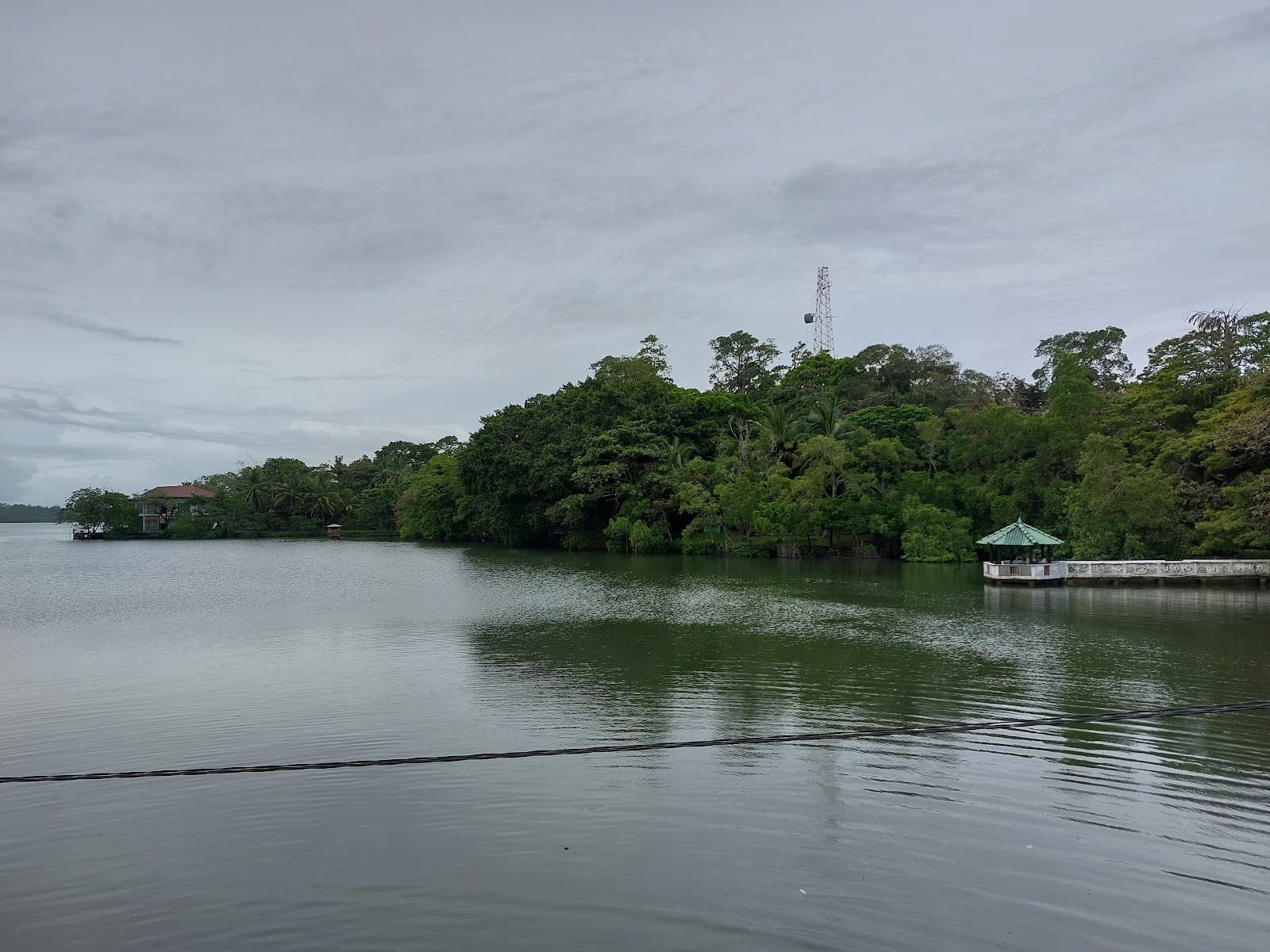
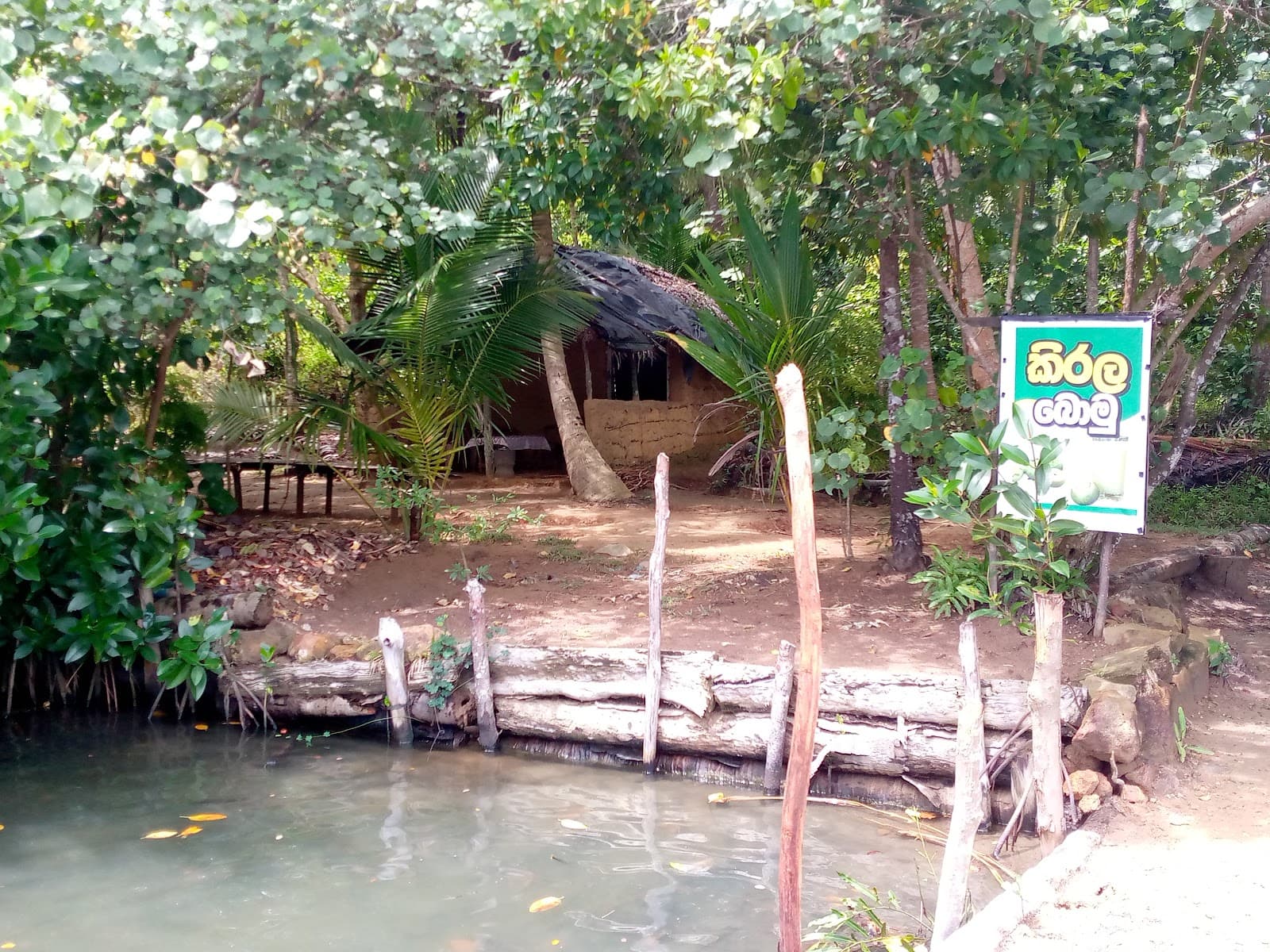
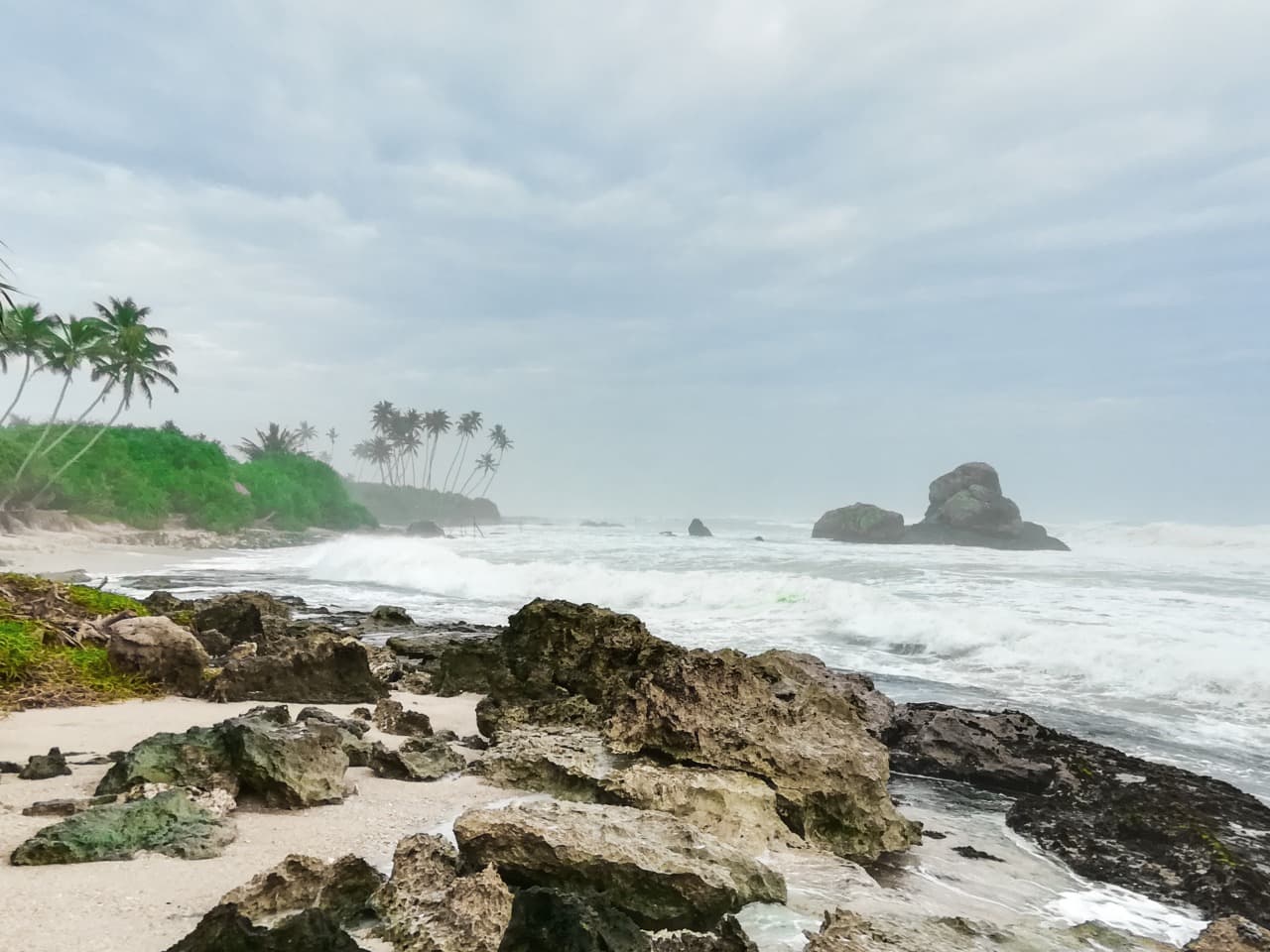



Social
from TikTok, Instagram & Reddit